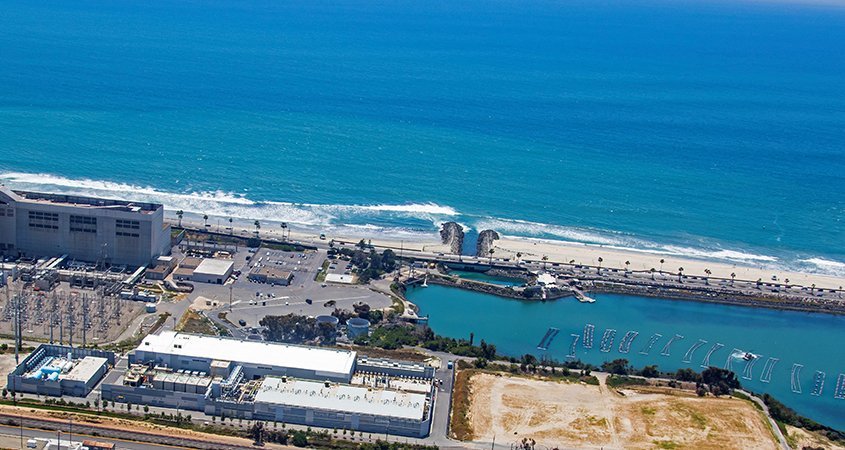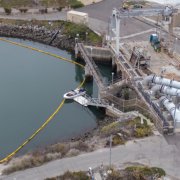Water Authority Activates Water Shortage Contingency Plan
The San Diego County Water Authority today activated Level 1 – Voluntary Conservation of its Water Shortage Contingency Plan in support of Gov. Gavin Newsom’s efforts to sustain California after two record-dry years. The agency’s 36-member Board of Directors voted unanimously to activate the regional drought response plan for the third time this century.
The San Diego region continues to have reliable water supplies due to decades of conservation efforts and ratepayer investments. However, Water Authority Board Chair Gary Croucher said San Diegans should increase their conservation efforts in the face of a potential third dry year across California.
“San Diegans have always stepped up when duty calls,” Croucher said. “Today, our 36-member Board sends a unified message encouraging residents to conserve water, avoid water waste, and take advantage of rebates to improve water-use efficiency indoors and outdoors.”
Drought emergency declaration
On Oct. 19, Gov. Newsom extended his drought emergency declaration to cover the entire state and asked the State Water Board to ban wasteful water practices such as using potable water for washing driveways and sidewalks. In addition, the governor directed water suppliers to implement Water Shortage Contingency Plans, which are responsive to local supply-demand conditions.
Water Shortage Contingency Plan
The Water Authority’s Water Shortage Contingency Plan, or WSCP, is designed for situations in which the agency’s supplies have been reduced. Previous versions of the plan have been activated twice before – once in 2007 and again in 2014. While the region isn’t currently facing supply reductions, Croucher said the Board’s action to go to Level 1 sends a signal that increased voluntary conservation efforts are necessary, and it gives local retail water agencies flexibility to address local conditions. While the Water Authority’s WSCP Level 1 calls for 10% voluntary water savings, the agency is supporting the governor’s call for a 15% reduction.
WSCP Level 1 – WaterSmartSD
At Level 1, the Water Authority will continue and enhance regional outreach and education to promote conservation. The agency offers numerous tools to make the most of every drop at www.watersmartsd.org. Resources include:
- Water-use efficient landscape classes for residential and professional landscapers
- Rebates for indoor and outdoor water saving devices
- Rebates for turf replacement
- Water-use checkups for homes and businesses that include water-saving recommendations

The Claude “Bud” Lewis Carlsbad Desalination Plant is the largest, most technologically-advanced and energy-efficient desalination plant in the nation. Photo: San Diego County Water Authority
Water supply reliability
The Water Authority is also developing a program to increase installation of low-flow toilets in low-income communities, and it’s looking for opportunities to help the parts of the state that are suffering from extreme water shortages. The Water Authority has groundwater stored in the Central Valley that could be exchanged or sold, and the Water Authority is seeking partners who could benefit from increasing water production at the Claude “Bud” Lewis Carlsbad Desalination Plant.
The Water Authority’s supply reliability is due to multiple factors, including the nation’s largest ag-to-urban conservation project which helps sustain the region’s $253 billion economy and the quality of life for 3.3 million people. In addition, the Water Authority developed the nation’s largest seawater desalination plant in Carlsbad, which provides 10% of the region’s water supply. Long-term conservation upgrades have also played a critical tole: the region’s per capita water use is down nearly 50% since 1990. San Diego County’s diversified water resources reduce pressure on the State Water Project and make more water available to other areas of the state hit hardest by drought.






